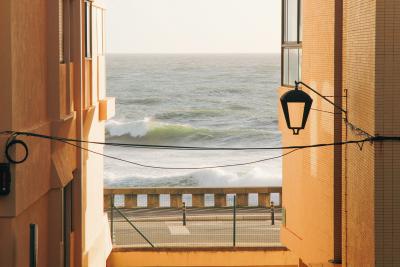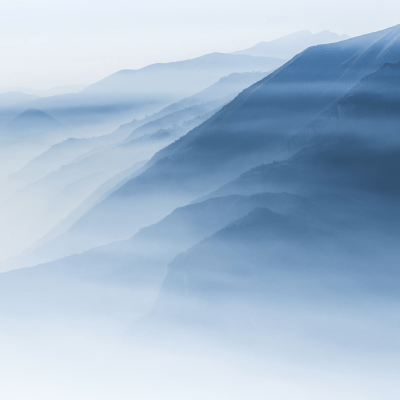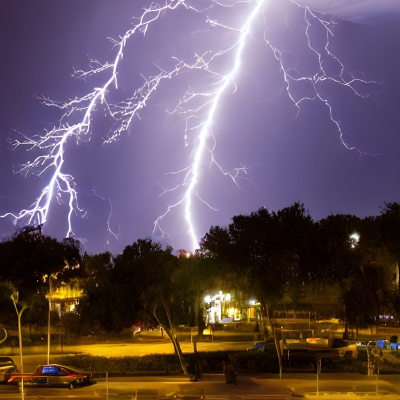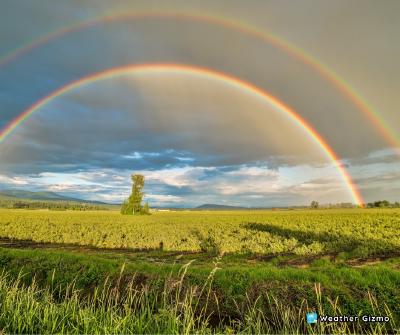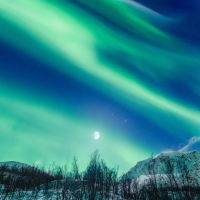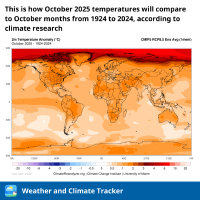
[]
Buran & Purga: A Tale of Two Winds across Eastern Asia and the Tundra
In the vast expanse of eastern Asia and the Arctic tundra, a formidable wind known as the Buran or Purga commands attention. This wind, with its dual identity, manifests itself in different seasons and regions, leaving its mark on the landscapes it encounters. The Buran, also referred to as Purga when it sweeps across the tundra, is most likely to blow during the winter season.
Read more...

